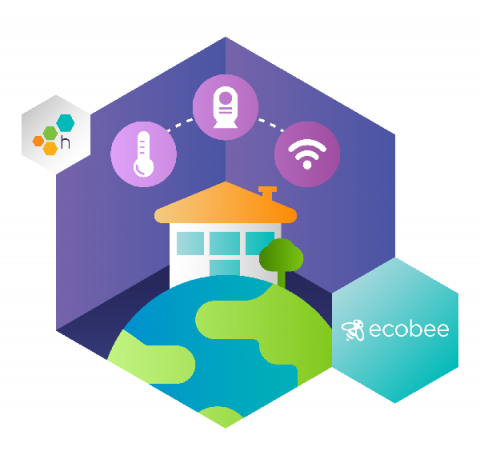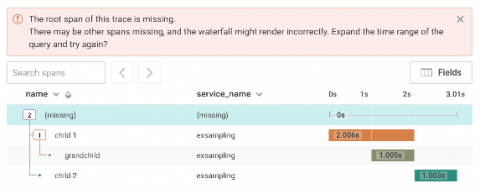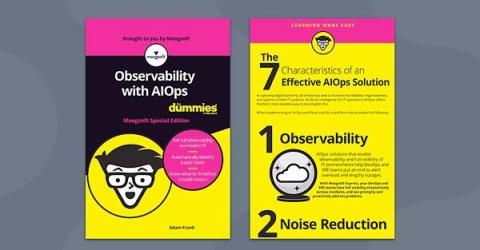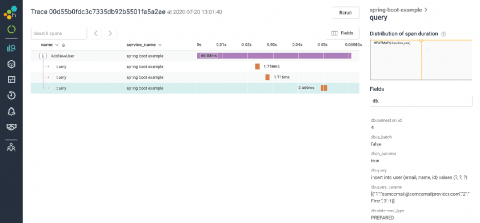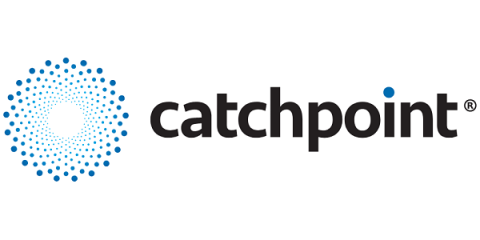IT Infrastructure Monitoring: gain full monitoring coverage and unlimited observability
Monitoring the state of DevOps, multi-cloud, microservices and data centre environments is no easy task. You can’t manage what you can’t see. Gaps in your monitoring capability leave your enterprise vulnerable to catastrophic, customer impacting infrastructure blind-spots.





